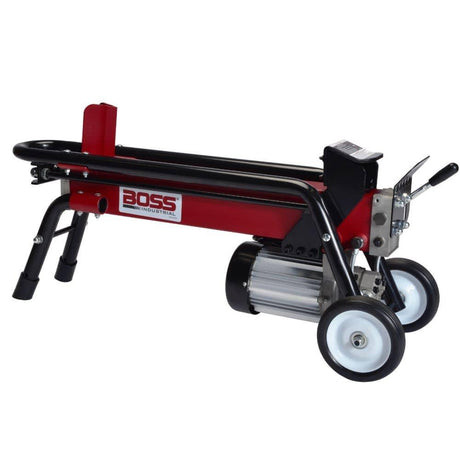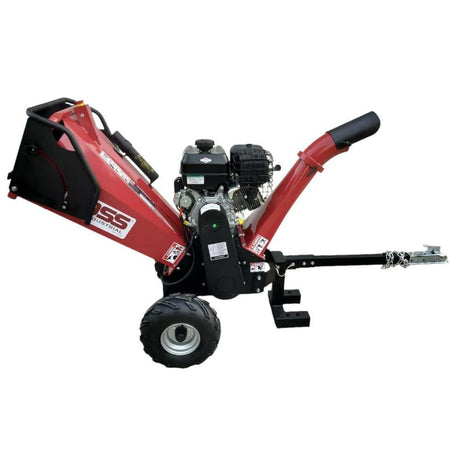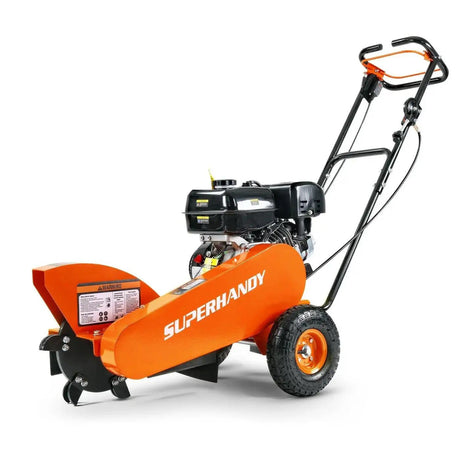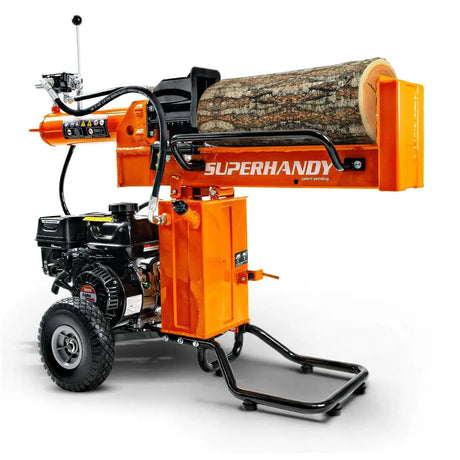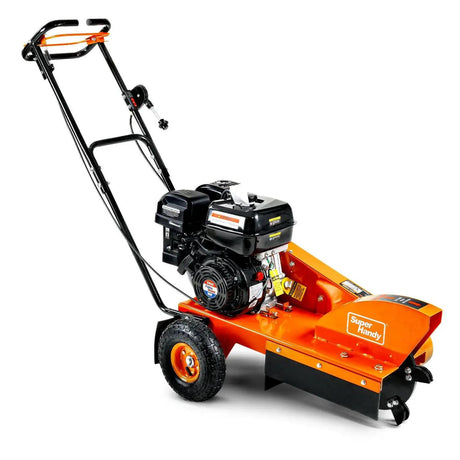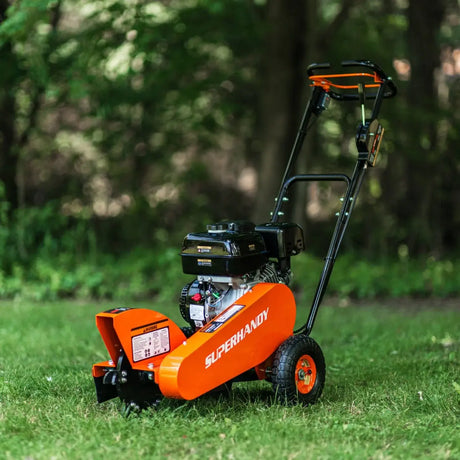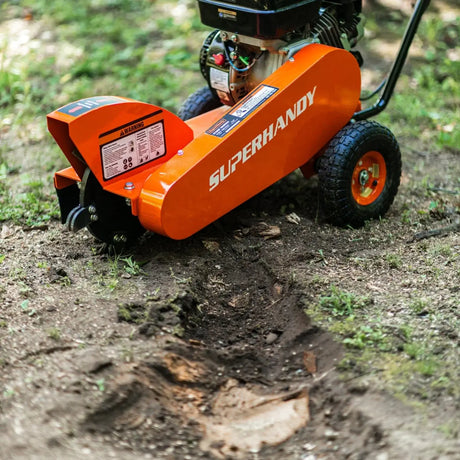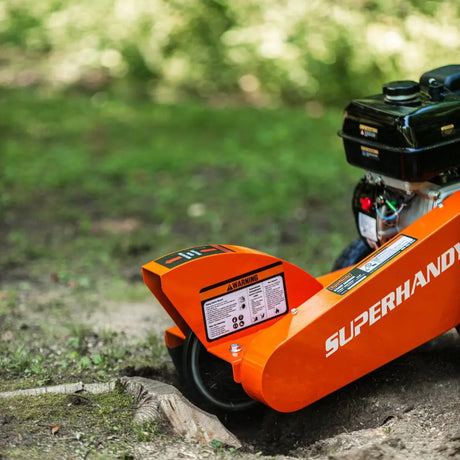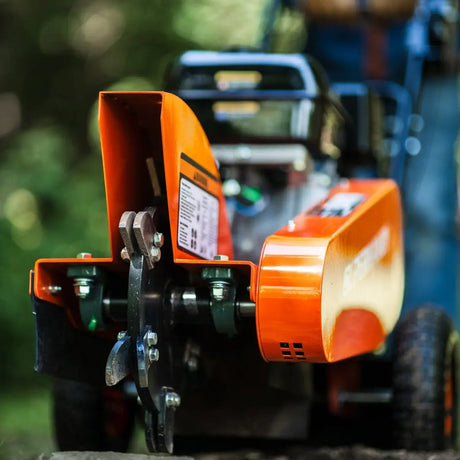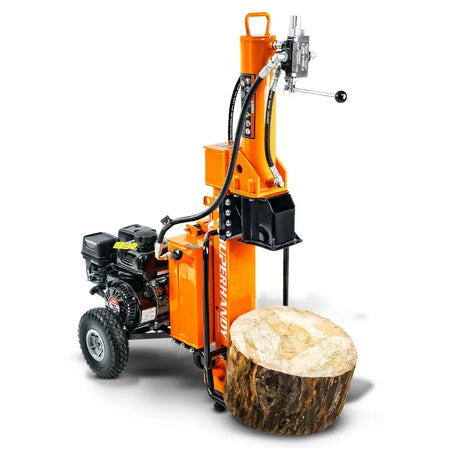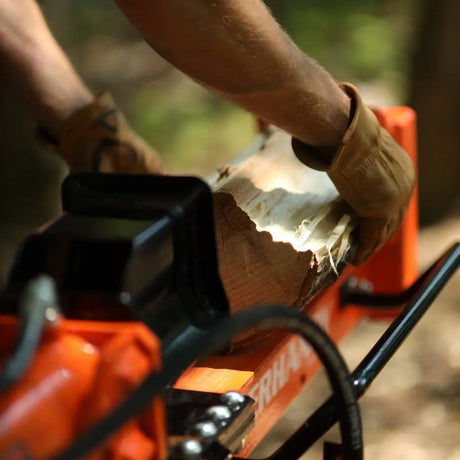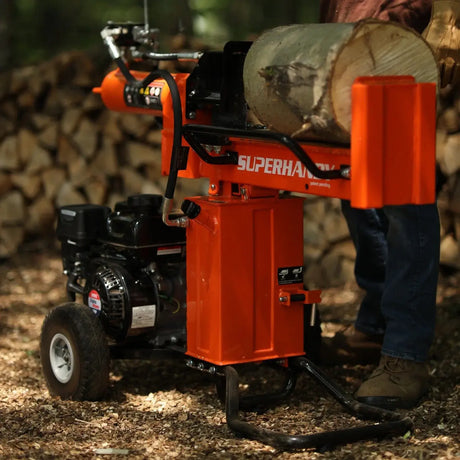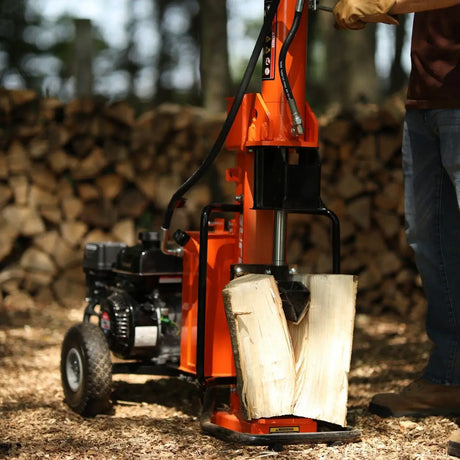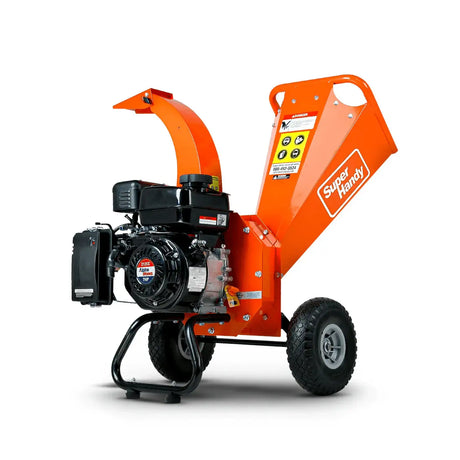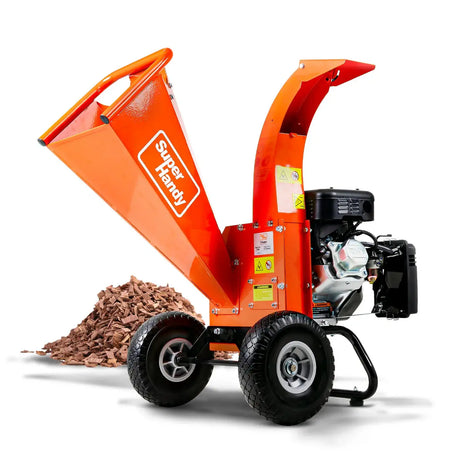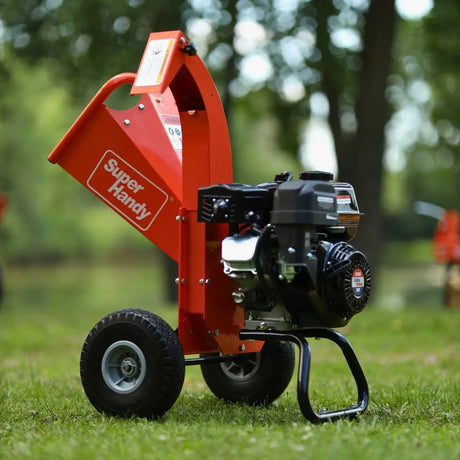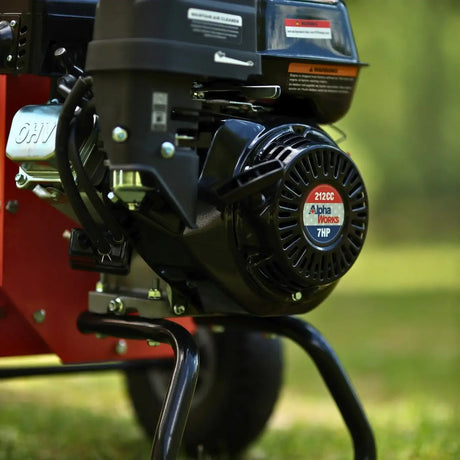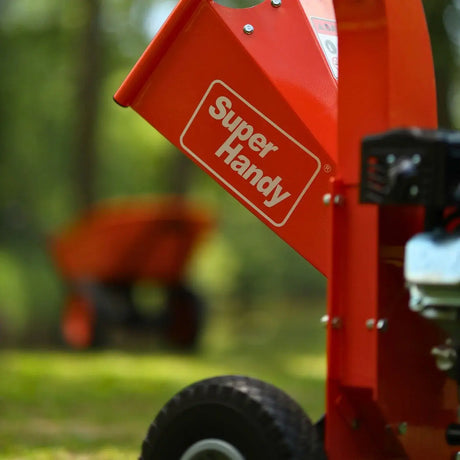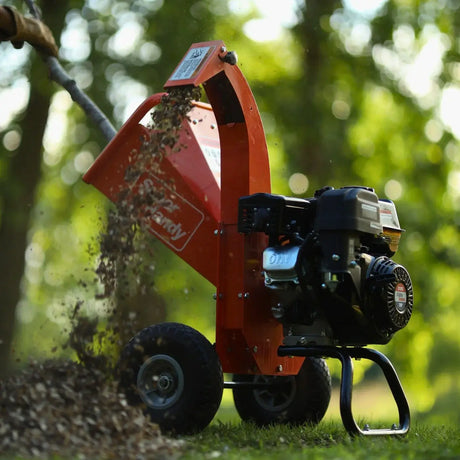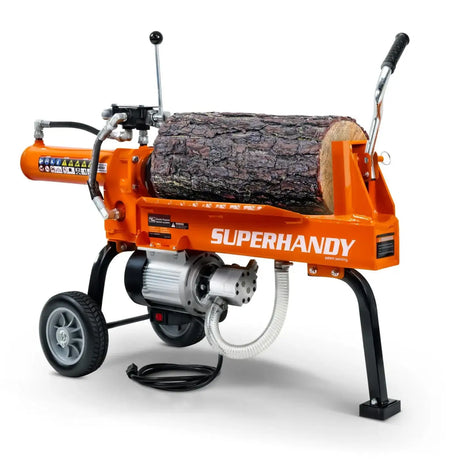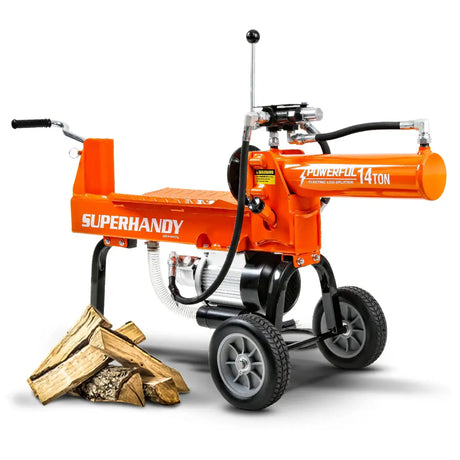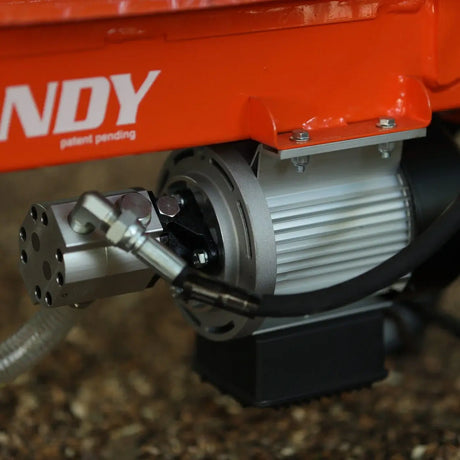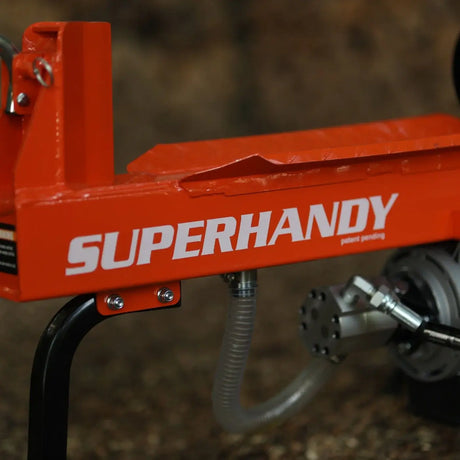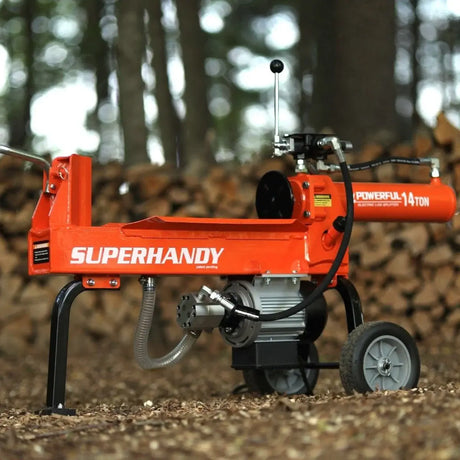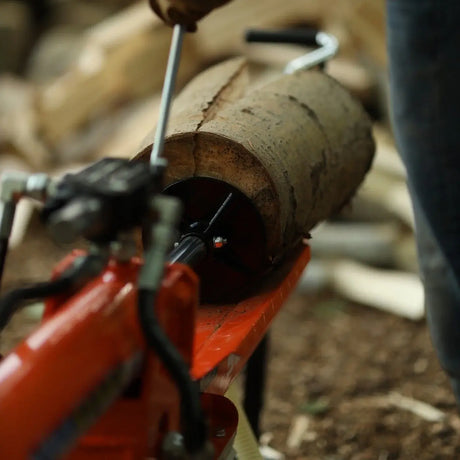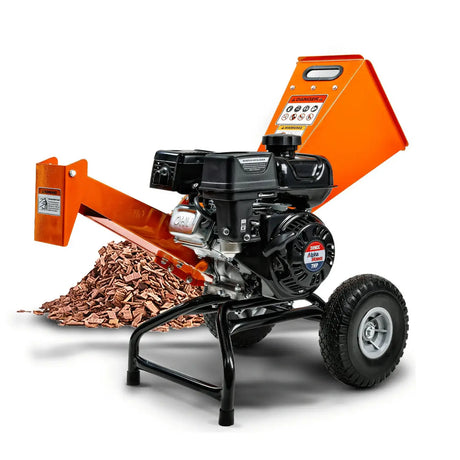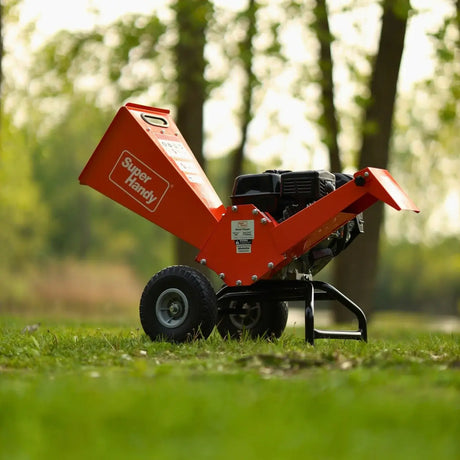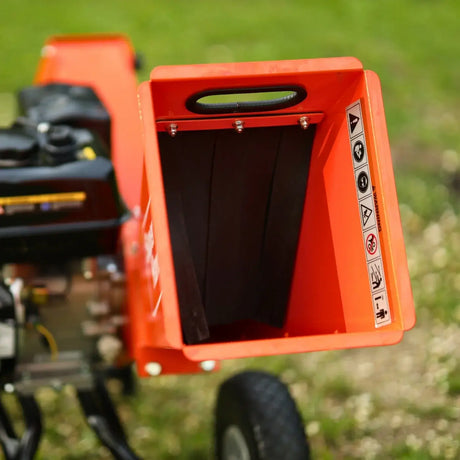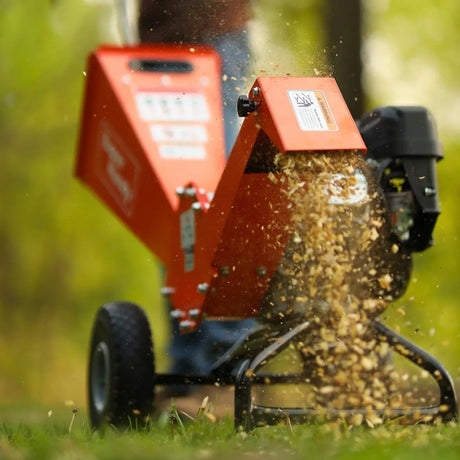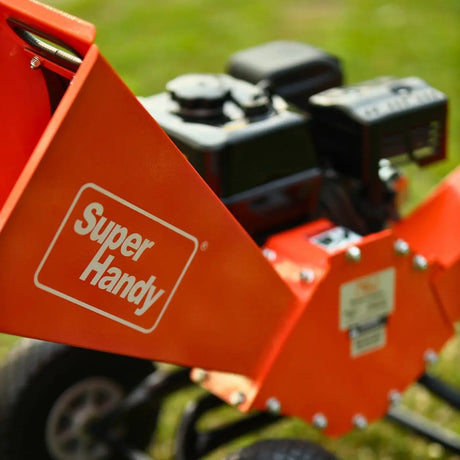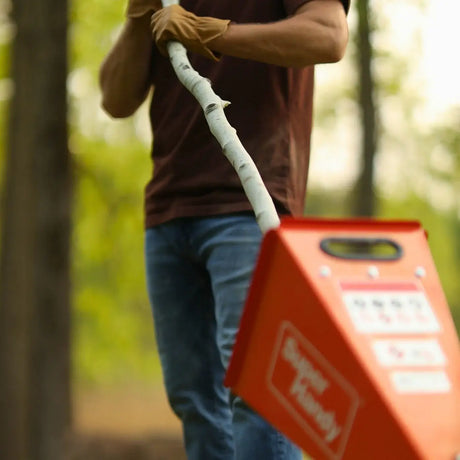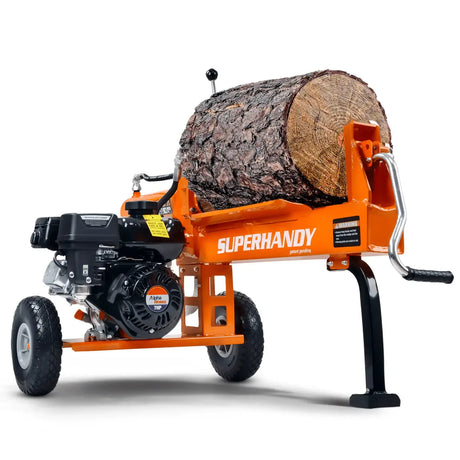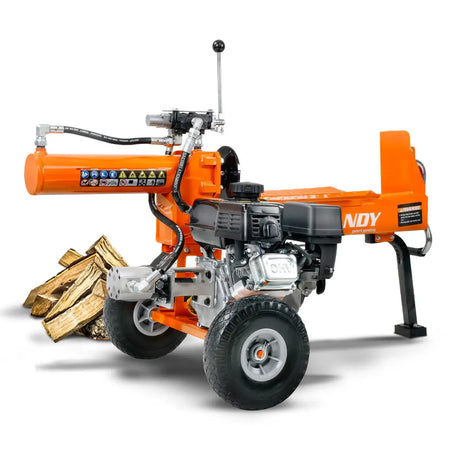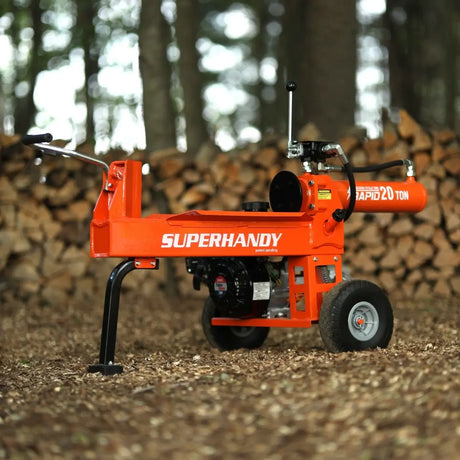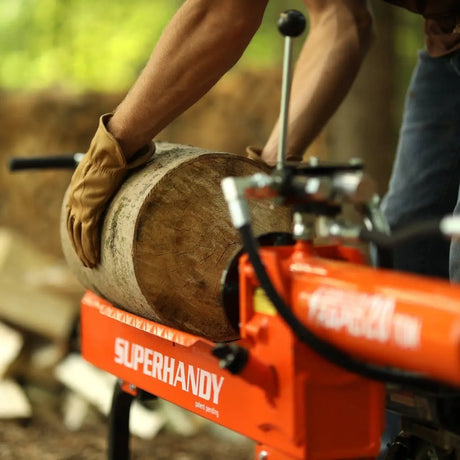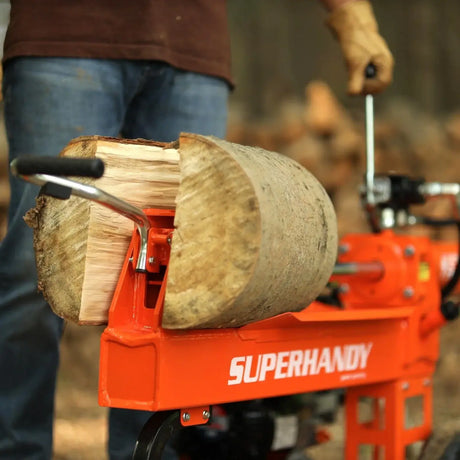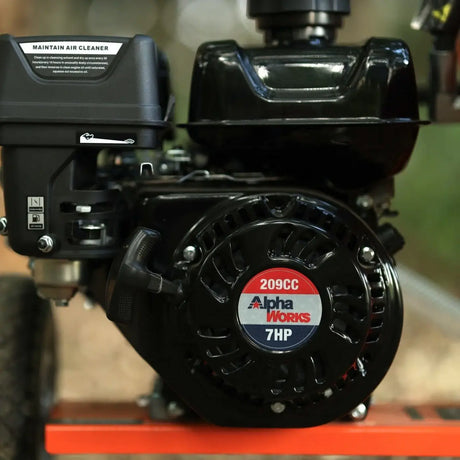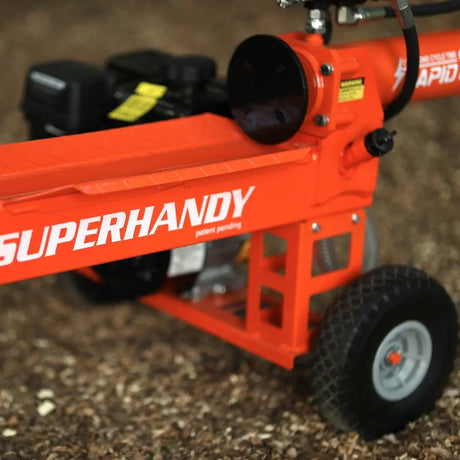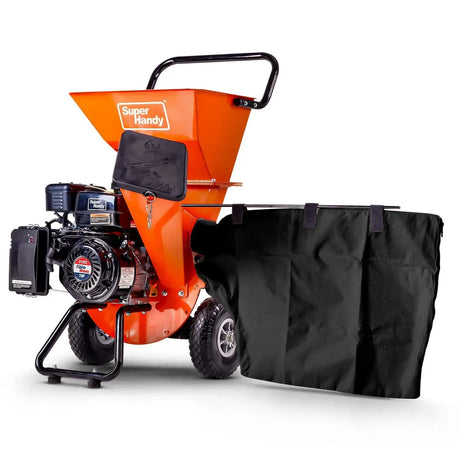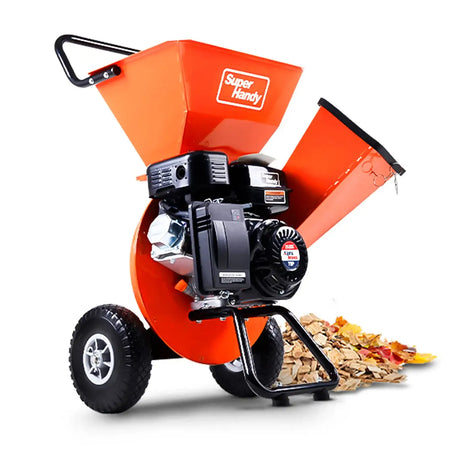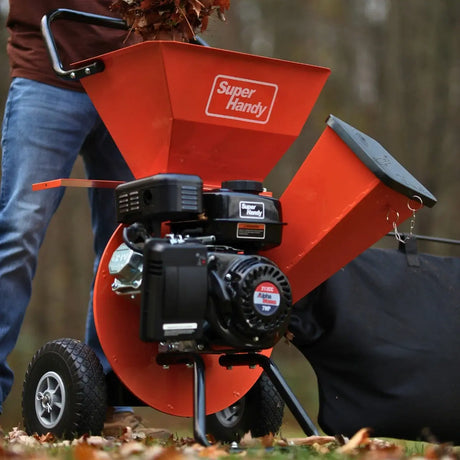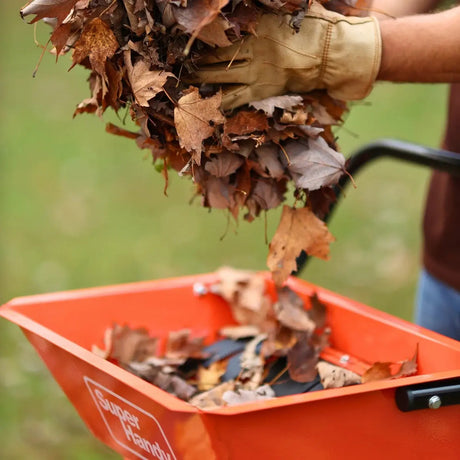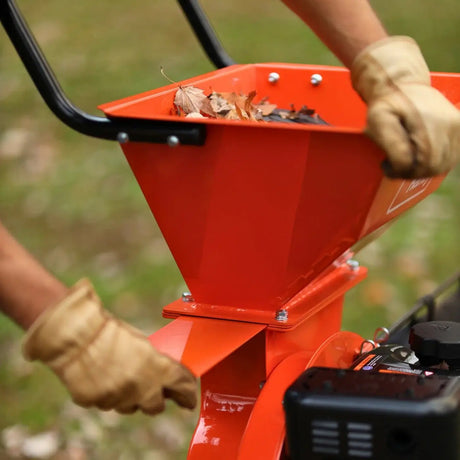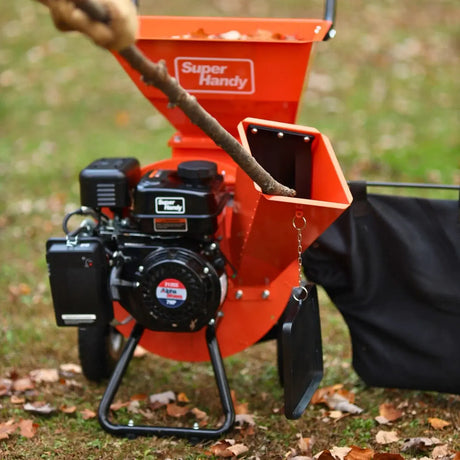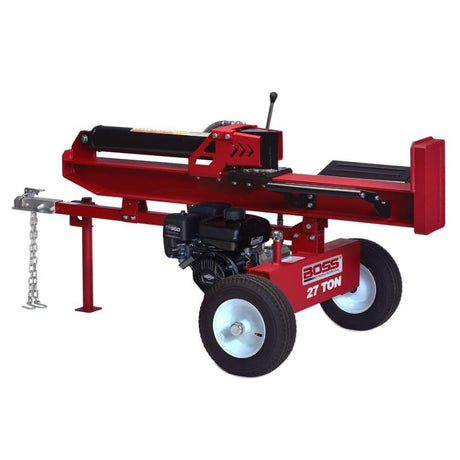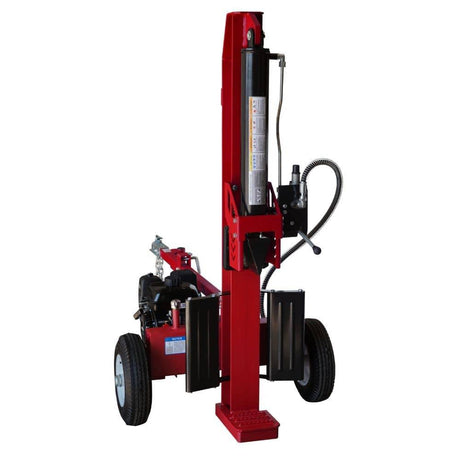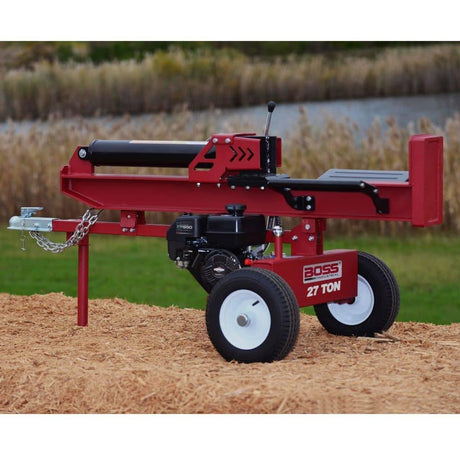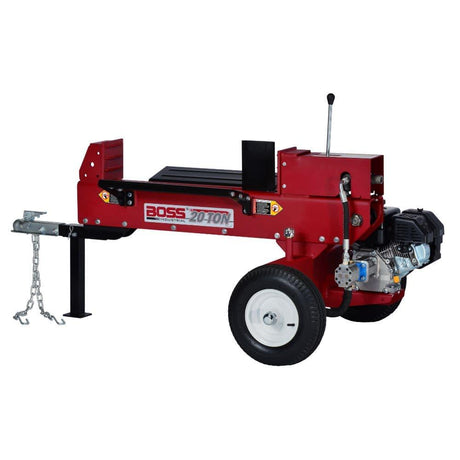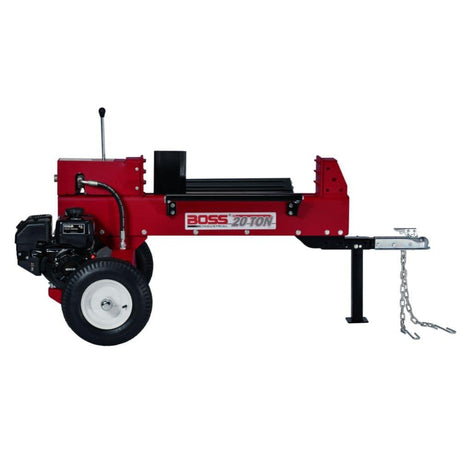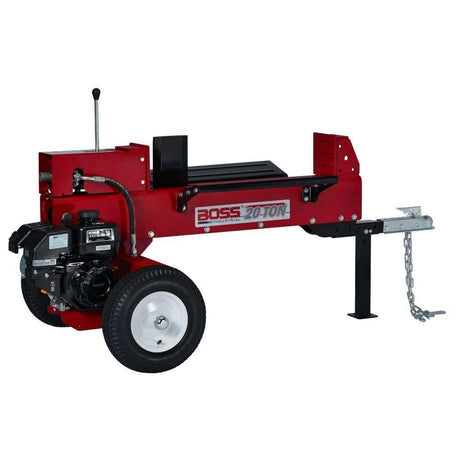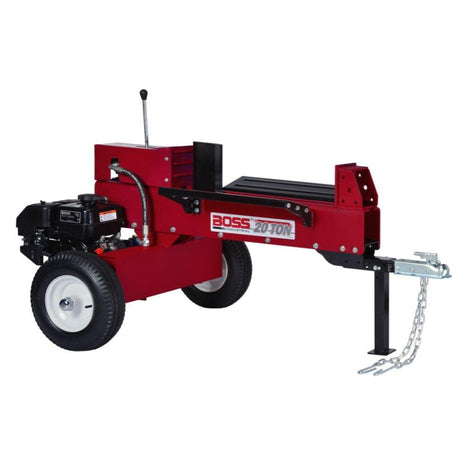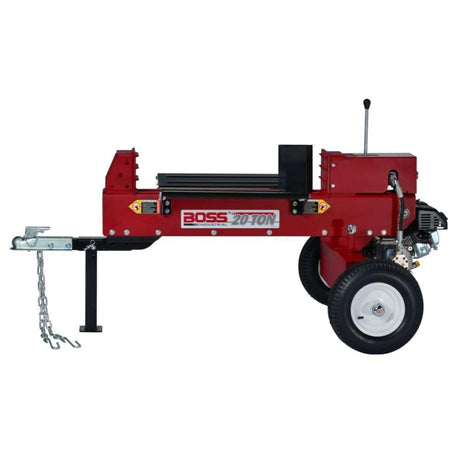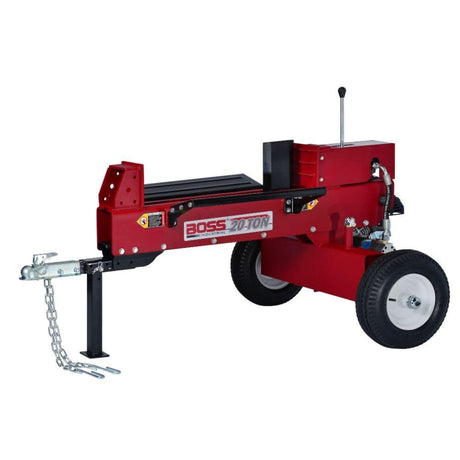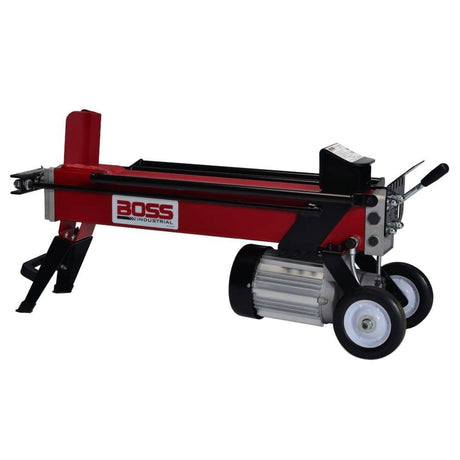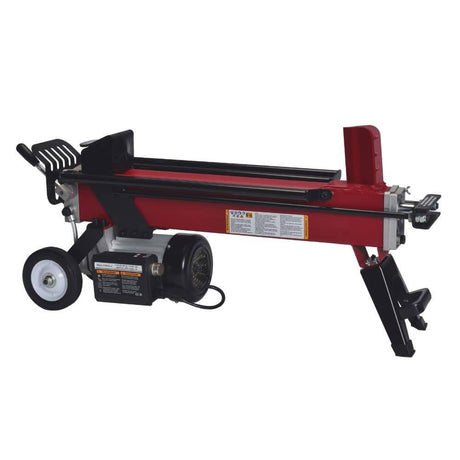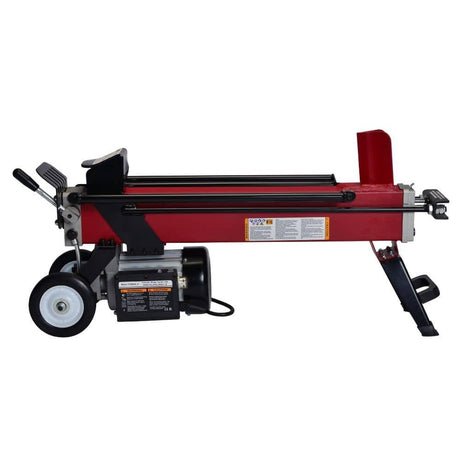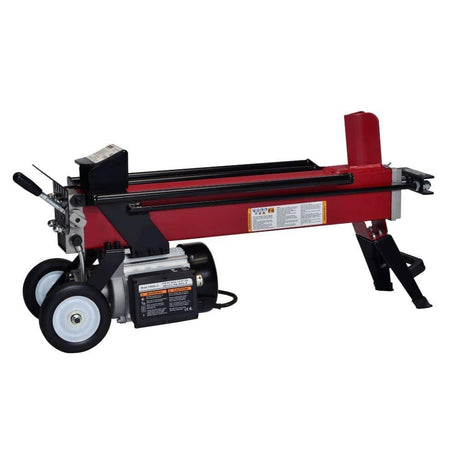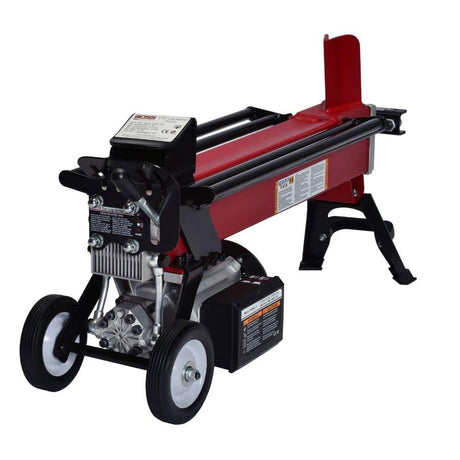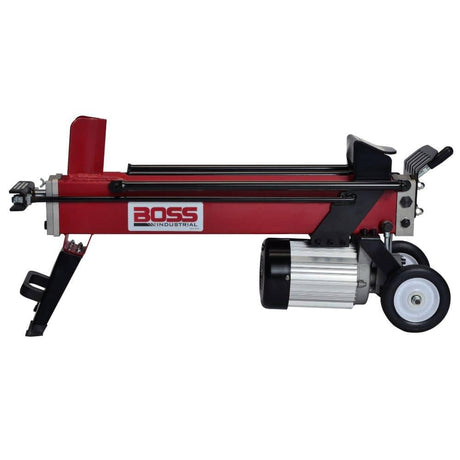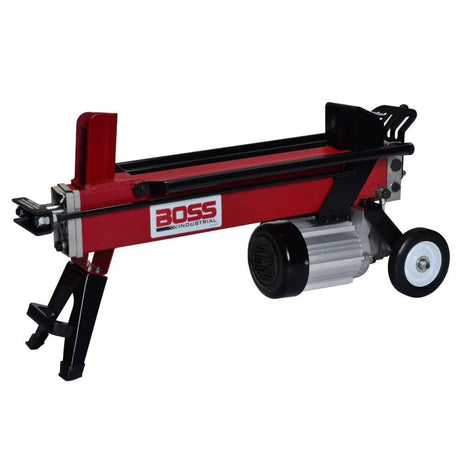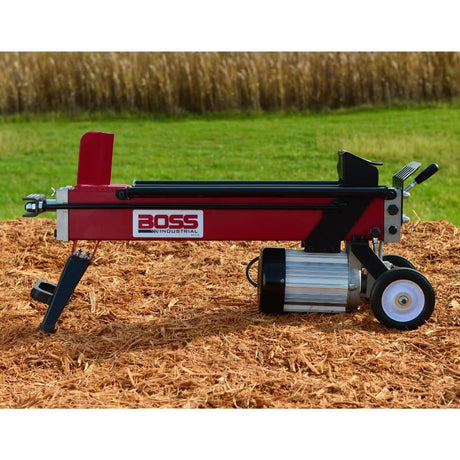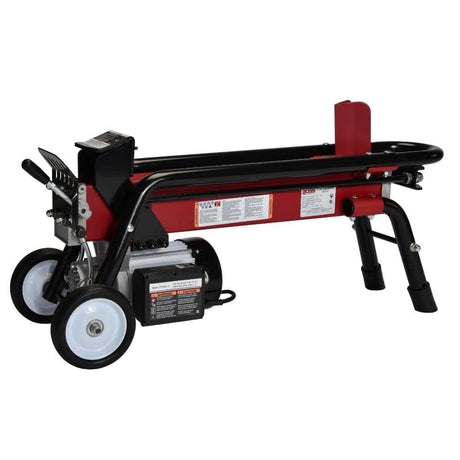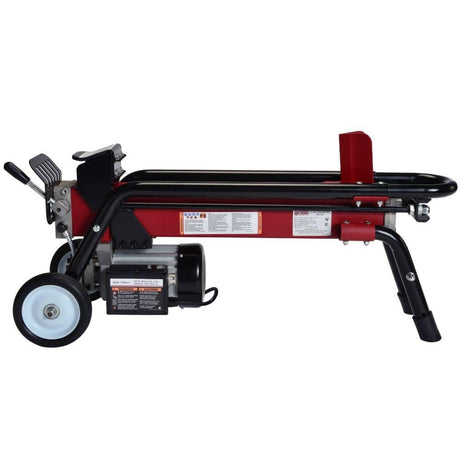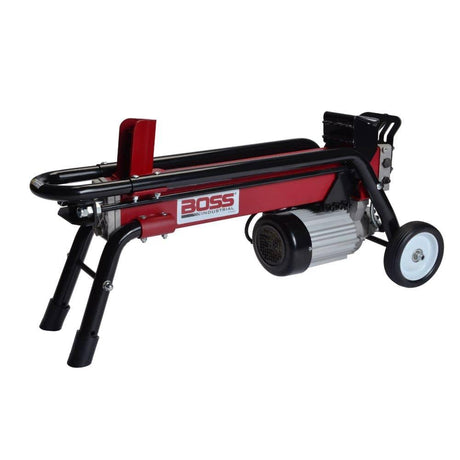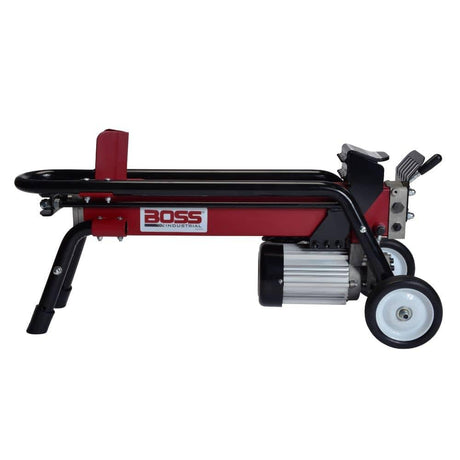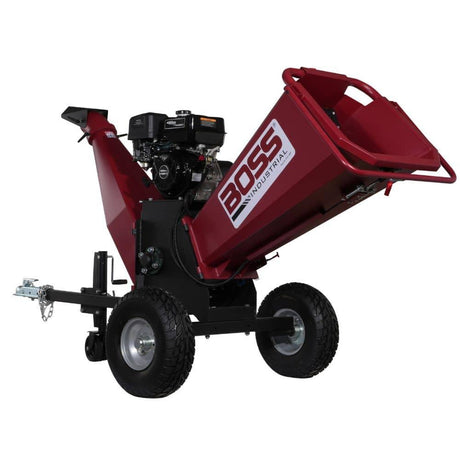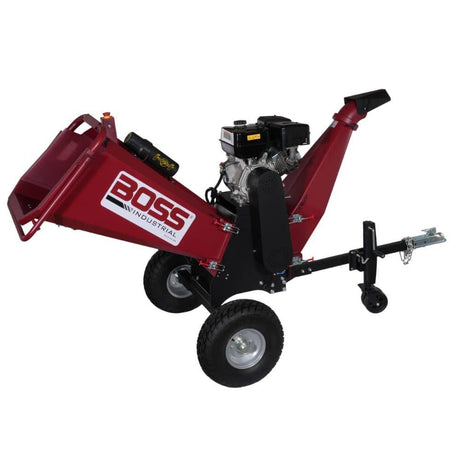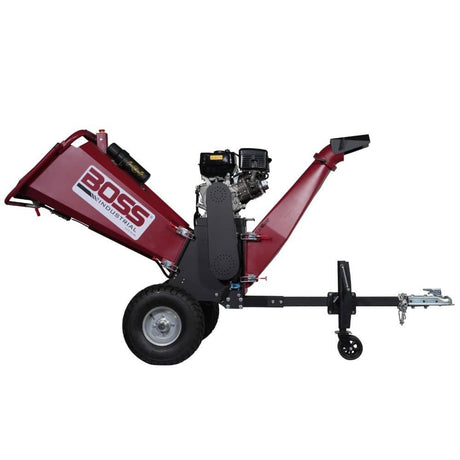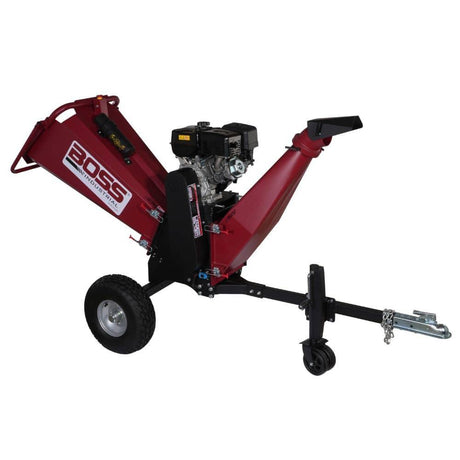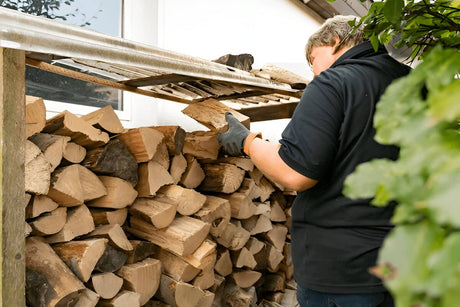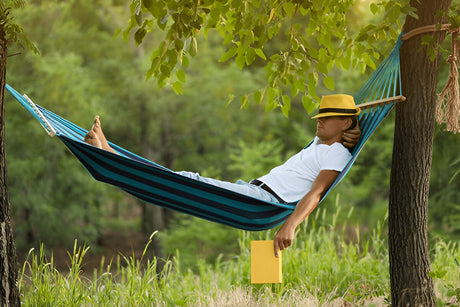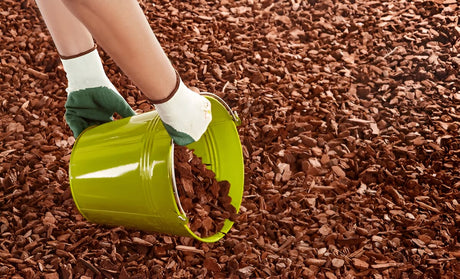When it comes to heating with firewood, not all logs are created equal. Some species burn hotter and longer-others may cost less but burn out faster. The smartest move? Look at BTU output per dollar. It tells you how much heat you're actually getting for the money you spend. Whether you're stocking up for winter or just want the most efficient burn, this guide breaks it all down.
For a deeper dive into heat output by species, check out our Firewood BTU Chart by Wood Type: Heat Output Comparison for Home Heating for detailed BTU ratings.
Key Takeaways
- 🔥 Eucalyptus and Live Oak offer the highest BTU value per dollar.
- 🪵 Hardwoods provide more heat per cord, but often cost more.
- 💰 Cost-efficient options like Lodgepole Pine and Black Locust offer great heat for the price.
- 📍 Regional pricing impacts value-buy local for the best bang per buck.
BTU Output Per Dollar by Tree Species
Below is a ranked comparison of common firewood species based on their BTU output per cord, average price per cord, and BTU-per-dollar value. This helps you see which woods deliver the most heat for your money.
Quick tip: Don’t just ask “how hot does it burn?”—ask “how hot per dollar?” That’s where real savings happen.
| 🔥 Species | 📦 BTU per Cord (Million) |
💰 Avg. Cost per Cord ($) | ⚡ BTU per Dollar |
|---|---|---|---|
| Eucalyptus | 34 | $350 | 98,571 |
| Live Oak | 36 | $400 | 91,500 |
| Black Locust | 26 | $300 | 89,333 |
| Lodgepole Pine | 22 | $250 | 89,200 |
| Douglas Fir | 26 | $300 | 88,333 |
| Ponderosa Pine | 21 | $250 | 86,800 |
| White Ash | 23 | $275 | 85,818 |
| Osage Orange | 32 | $400 | 82,250 |
| Sugar Maple | 24 | $300 | 80,000 |
| Northern Red Oak | 24 | $300 | 80,000 |
| Shagbark Hickory | 27 | $350 | 79,142 |
| Eastern White Pine | 14 | $200 | 71,500 |
What This Table Shows
This table lines up four key factors:
- Species of wood (e.g., oak, pine, fir)
- BTU per cord - how much heat you get (in millions of BTUs)
- Average cost - estimated price of a cord for each species
- BTU per dollar - the key metric showing value for money
We used a simple formula:
BTU per dollar = BTU per cord ÷ Price per cord
By comparing species this way, you can immediately spot which wood gives you more heat per dollar spent.
Note: Prices vary by region. Always compare local pricing before assuming one species is more cost-effective than another nationwide.
To learn how seasoning impacts heat and weight, see our Green vs Seasoned Firewood: BTU and Weight Comparison Chart for a clear comparison.
How to Use This Data in Real Life
Let's say you're trying to decide what firewood to order for the season. Here's how to apply this info:
1. Choosing the Right Firewood
If you want maximum heat efficiency, go with:
- Eucalyptus - 98,571 BTUs per dollar
- Live Oak - powerful heat, long burn
On a tighter budget?
- Lodgepole Pine or Douglas Fir give solid output at a lower price.
For more on burn duration by species, check out our Which Firewood Logs Burn the Longest? Full Ranking by Species to find the top long-lasting logs.
2. Pairing with Tools
- Log splitters: Dense hardwoods like Osage Orange and Shagbark Hickory are harder to split. Make sure you have a high-tonnage splitter (25+ tons recommended).
- Chippers: Pine species chip faster but clog more due to sap. Let them dry before chipping.
3. Avoiding Common Mistakes
- Don't buy based on cost alone. A cheap cord of softwood might leave you cold halfway through the night.
- Don't assume local means better-check the actual BTU rating and price to find the best local value.
Final Thoughts
By focusing on BTU output per dollar, you'll get more heat, fewer reloads, and real savings over the season.
📦 Ready to upgrade your setup? Check out our log splitters collection to process hardwoods with ease-or browse our wood chippers lineup for managing off-cuts and yard debris.
Stay warm, burn smart.


